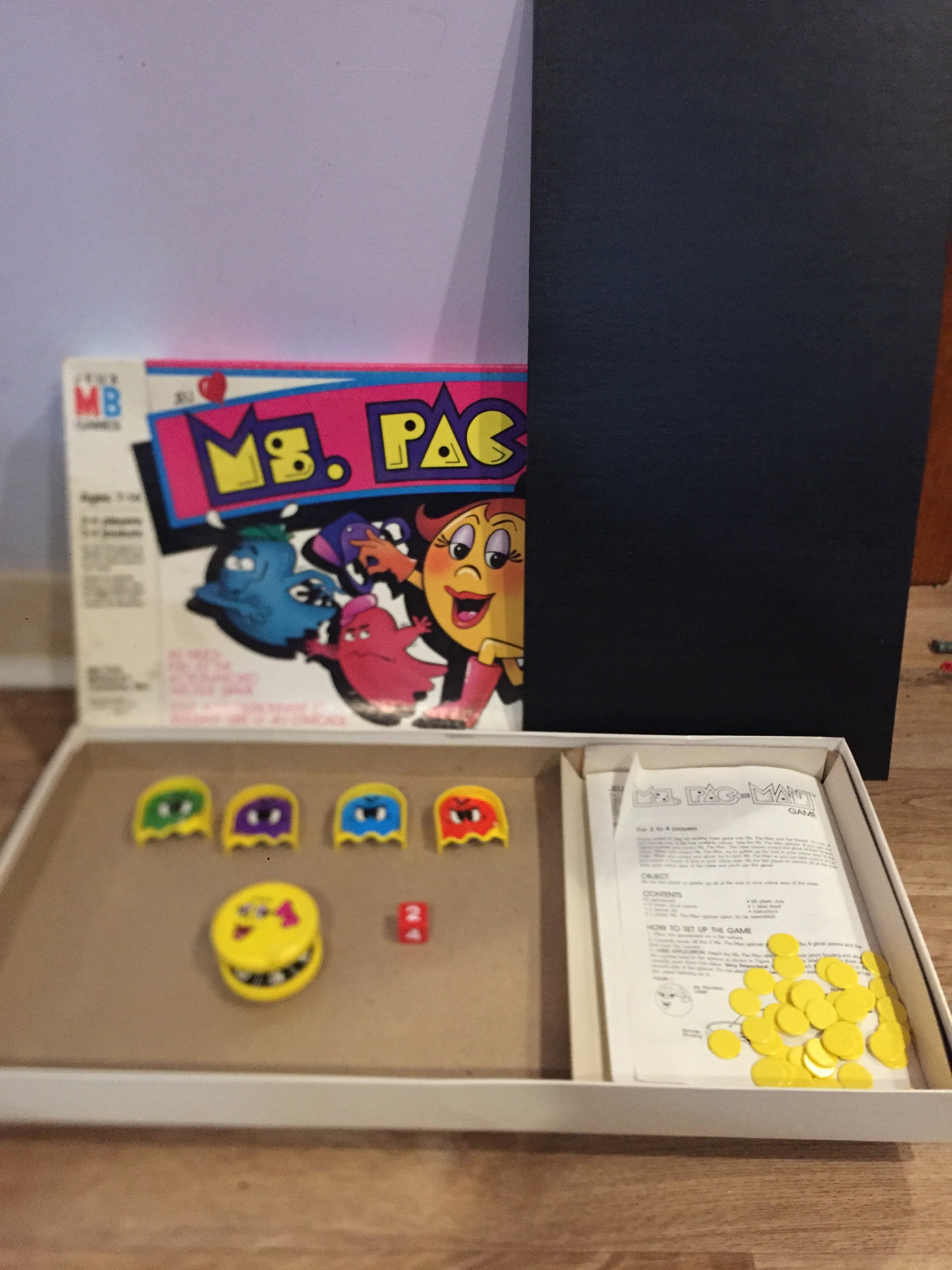

Graeme on Retro Game of the Week – Return to Zork (1993)ĭan on Board Game Companies We Have Known: Canada Games Companyĭawnell on The Best Classic Board Games – Full House (1979) Ned Trustfield on What’s In That Game Box? – The New Easy To Master Dungeons and Dragons Game (1991) Isela Fawbush on Obsolete Comic Reviews: The X-Men vs.briansclub cm on The Top Ten TurboGrafx-16 HuCard Games Part II.mother nature's cbd gummies on Advertising From Yesteryear…Double Dragon 3: The Arcade Game.The Best Classic Board Games - Careers (1955-2009).


What's In That Game Box? - DUNGEON! Fantasy Boardgame.Retrogaming Game Maps - Sid Meier's Pirates!.To those game reviewers – and you know who you are – STOP IT! Let the game be judged on its actual merits, not on standards that it was never intended to fulfill. These kinds of reviews do a tremendous disservice to the board game genre and to those who are searching for more information on one of these classic games. I have read several reviews over the years from adults who were unable to understand that a game meant for children would have limited appeal to adults (and who scored them based on their own experience of playing them as an adult), or from reviewers who also expected a board game to be a video game. In addition, board games often have suggested ages for players. Board games, however, are about measured decisions, random die rolls or card draws, and ever-changing strategies based on the play of your opponents. Video games of this era were all about constant motion, quick reflexes and split-second decision-making. It is important to remember that board games are not video games and neither should be expected to match the other’s total gaming experience. Game play was very similar to the original Zaxxon game, but with two to four players attempting to reach and shoot Zaxxon with BOTH their fighters and win the game. Zaxxon (Milton Bradley, 1982) Translating the faux three-dimensional Zaxxon video game with its altitude-shifting airships into a two-dimensional board game was a challenge that was met in full by Milton Bradley by using a few standard 3-D tokens in conjunction with ingeniously designed fighter tokens that could be raised or lowered on their stands as needed.


 0 kommentar(er)
0 kommentar(er)
